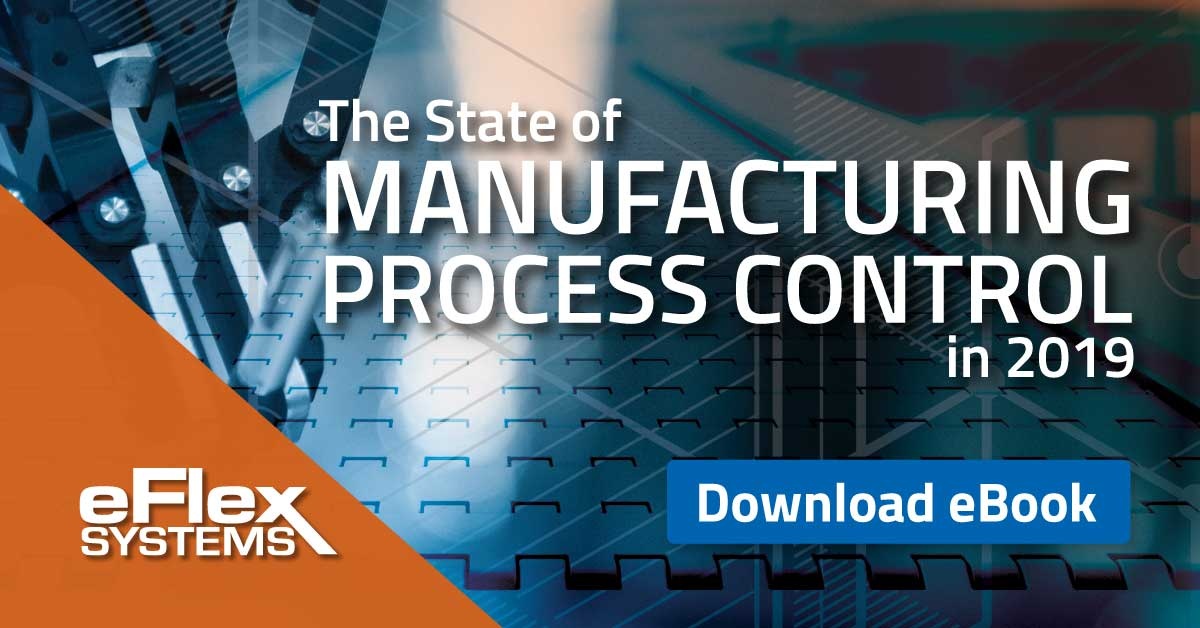Getting Started with a Manufacturing Integrated Platform
by George Jewell, on May 20, 2019 9:00:00 AM

Across the manufacturing space, the game-changing power of the Manufacturing
Integrated Platform (MIP) is turning heads and transforming factory floors.
The best of the new generation of MIP solutions allow manufacturing professionals to achieve a new level of plant floor control, visibility and error-proofing, with more
configurability and control than ever before. Work instructions can be easily implemented and modified, and detailed monitoring and data-gathering capabilities make it possible to essentially effectively error-proof processes and products.
With cutting-edge digital work instruction platforms, operators leaders
can access these systems through any connected mobile device and easily create, edit and assign work instructions. It’s a new generation of systems that not only unlocks new time- and money-saving functionality, but fulfills the promise of greater speed, efficiency, flexibility, utility, and performance.
But for all of the justified excitement and enthusiastic discussions about new technology and new platforms, what’s often missing is the nuts and bolts. What would it look like to implement a MIP solution in your own factory or factories? What would it cost? How would it work? How would you even get started?
What follows are some MIP basics: the information you need to know that will help you answer the most common questions posed by manufacturing decision-makers and take an important step toward participating in the MIP revolution.
System basics: getting started.
While some manufacturers have traditionally been cautious about embracing new tech platforms due to concerns about complexity, compatibility or logistics, the best MIP solutions are relatively straightforward: they are specifically designed to get up and running—with little to no disruption to existing operations. The software can be hosted on the premises or as a cloud-based solution, and because there is no software installed at the point of use, getting started simply requires a Chrome-enabled PC or tablet. While every manufacturer is different, full implementation of a new MIP can take place in as little as two weeks—with little or no disruption to existing operations.
High-end MIP solutions “play nice” with existing upper level systems, integrating and communicating with practically all existing upper level systems via virtually any modern protocol. And with plug-n-play device drivers that require simple setup and configuration, connecting with manufacturing devices and PLC’s is typically a painless process.
Making it work
The heart of any MIP functionality is its ability to allow users to easily create, edit and save work instructions. Leading software allows you to create work instructions directly within the application, but existing instructions can also be imported directly from another location and stored in the built-in application library—or linked to if they are stored in an outside source such as a DMS or PLM.
A built-in work instruction editor makes creating and editing work instructions in the
application a simple process. Users can easily add images, text, lines, shapes, text
boxes, etc. to enhance work instructions used on the plant floor, without any additional complexity or coordination with an outside program. Work instructions can be quickly and easily modified to present views that fit an operator’s specific needs. Simple drag-n-drop functionality allows you to switch between single-task, multi-task, full-screen views and more. The best MIP solutions even support multi-language needs to minimize miscommunications and ensure operators have all the information they need to do their job effectively and efficiently.
Connectivity, controls and alerts
Because the work instruction platform in a high-end MIP solution can connect to outside DMS and regulatory systems, ensuring compliance with existing protocols and regulatory mandates is a straightforward process. The best systems also provide additional functionality and peace of mind by offering alert or notification systems within the application itself. Such alerts can be configured to send SMS text, emails, or Andon notifications to designated employees for critical issues or events such as: downtime, tooling issues, rework or quality issues, defective units, etc.
An integrated approval process allows plant managers to determine ahead of time who can write, edit and approve work instructions—and to bolster accountability by receiving notifications on who approved or did not approve a work instruction (along with any comments or feedback). The right application should also include the ability to manage work instruction revisions with version control features and capabilities, ensuring that you always have the most up-to-date work instruction on the plant floor with no need for paper based binders and manuals. User specifications and authorization levels can be set within the application to ensure operators are certified to work at authorized stations.
Dollars and sense
For many, of course, the figurative bottom line for any new technology is the
literal bottom line: how much is it going to cost you? The good news is that there is likely to be little-to-no specialized hardware costs, since the best MIPs run
off of a PC or tablet. Software costs can vary depending on station count and complexity, but it’s important to note that most software vendors charge by the number of users. Fortunately, eFlex determines software fees based on station use, a fee structure designed to give manufacturers both flexibility and the best value for their money by allowing unlimited users.
